Home>Garden Essentials>How Does A Post Office Dramatic Play Area Assist Children In Readiness
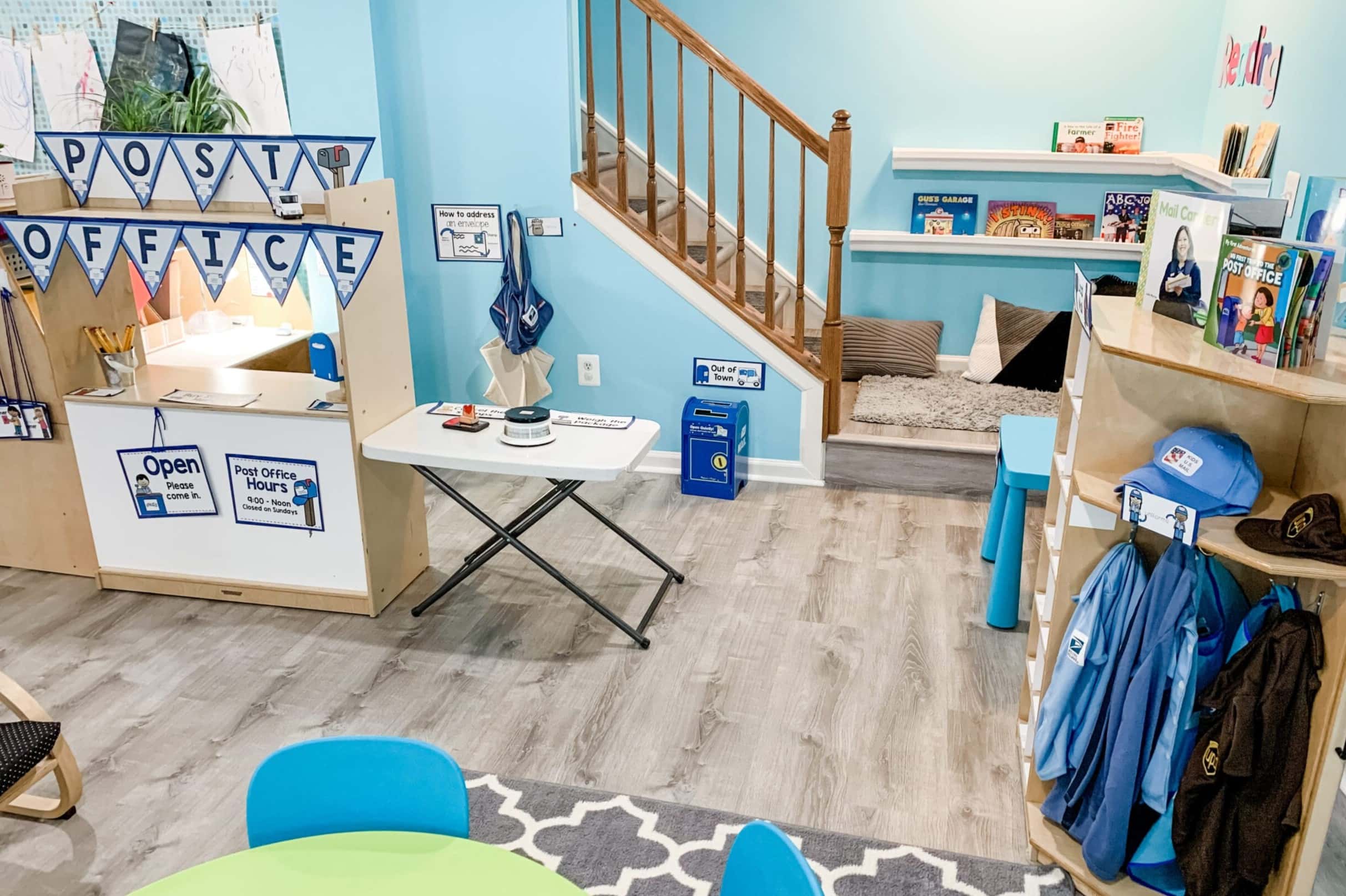

Garden Essentials
How Does A Post Office Dramatic Play Area Assist Children In Readiness
Modified: March 7, 2024
Discover how a garden-themed post office dramatic play area aids children in developing readiness skills, fostering imagination, and promoting social interaction.
(Many of the links in this article redirect to a specific reviewed product. Your purchase of these products through affiliate links helps to generate commission for Storables.com, at no extra cost. Learn more)
Introduction
Dramatic play is an essential aspect of early childhood education. It offers children a unique opportunity to learn and develop important skills through imaginative and interactive play. One popular dramatic play area in early childhood settings is the post office dramatic play area. This dynamic play space allows children to engage in pretend play and interact with various materials and activities related to the post office.
The post office dramatic play area serves as a powerful tool for assisting children in developing readiness skills. Readiness skills are the foundational skills that children need for future learning and academic success. These skills include language and communication, social and emotional, cognitive, and fine motor skills. By incorporating a post office dramatic play area into the early childhood curriculum, educators can create a supportive and stimulating environment that helps children strengthen these essential skills.
In this article, we will explore the benefits of dramatic play and the importance of readiness skills. We will then delve into the various ways a post office dramatic play area can assist children in developing and enhancing these skills. From language and communication to social and emotional development, as well as cognitive and fine motor skills, we will uncover the multifaceted benefits of engaging in post office-themed pretend play.
So, whether you are an educator looking for ways to enrich your classroom or a parent seeking interactive play ideas for your child, read on to discover how a post office dramatic play area can provide a valuable and enjoyable learning experience for children. Let us dive into the world of pretend play and unlock the potential it holds in preparing children for success in their educational journey.
Key Takeaways:
- Engaging in pretend play at a post office dramatic play area helps children develop language, social, cognitive, and fine motor skills, preparing them for future learning and academic success.
- The post office dramatic play area provides an immersive and enjoyable learning experience, fostering creativity, problem-solving, and social interaction while enhancing children’s readiness skills.
Benefits of Dramatic Play
Dramatic play, also known as pretend play or imaginative play, offers numerous benefits for children’s development. It is a natural and instinctive way for young learners to make sense of the world around them and engage in meaningful experiences. By assuming different roles, children can explore various scenarios, express their thoughts and emotions, and develop essential skills. Here are some of the key benefits of dramatic play:
1. Language and Communication Development: Pretend play encourages children to engage in verbal communication, practice using vocabulary in context, and experiment with language patterns. They learn to express themselves, negotiate, and problem-solve through conversations and interactions with peers. This enhances their vocabulary, listening skills, and overall language development.
2. Social and Emotional Development: Engaging in dramatic play promotes social interaction, cooperation, and empathy. It helps children understand different perspectives, take turns, and share responsibilities. Through role-playing, children can explore emotions, develop self-regulation skills, and learn to navigate social situations. They also build confidence and self-esteem as they embody different characters and take on new roles.
3. Cognitive Development: Dramatic play stimulates cognitive abilities such as creativity, problem-solving, and critical thinking. Children use their imagination to create storylines, make decisions, and solve problems in a pretend context. They develop their memory, sequencing skills, and spatial awareness as they organize props and set up play scenarios. Additionally, dramatic play encourages symbolic thinking, allowing children to represent objects and actions through pretend play.
4. Fine Motor Skills: Engaging in dramatic play involves manipulating props, using tools, and engaging in hands-on activities. From writing letters to stamping envelopes, children practice fine motor skills, hand-eye coordination, and dexterity. These activities help develop their grip, pencil control, and hand strength, preparing them for future writing tasks.
5. Imagination and Creativity: Pretend play allows children to explore their creativity and imagination. They can create their own narratives, invent characters, and design imaginative settings. This freedom of expression fosters creative thinking, problem-solving, and divergent thought processes. Through dramatic play, children develop their storytelling abilities and unleash their imaginative potential.
Dramatic play is not just a source of entertainment; it is a powerful learning tool that engages children holistically. It supports their social, emotional, cognitive, and physical development, laying the foundation for future learning and success. Implementing a post office dramatic play area can provide children with an immersive and enriching experience that enhances their skills in multiple areas.
Importance of Readiness Skills
Readiness skills are crucial for children’s overall development and success in their educational journey. These skills serve as building blocks that prepare children for future learning, school readiness, and academic achievement. By focusing on readiness skills during early childhood, educators and parents can provide a strong foundation to support children’s learning and development. Here are some key reasons why readiness skills are important:
1. Smooth Transition to Formal Education: Readiness skills prepare children for the transition from early childhood settings to formal education settings such as preschool or kindergarten. These skills ensure that children are equipped with the necessary tools and abilities to adapt to the new environment, follow routines, participate in classroom activities, and interact with peers and teachers.
2. Academic Success: Readiness skills lay the groundwork for academic success. Children who have strong readiness skills are better equipped to engage in and comprehend new concepts, follow instructions, and complete tasks independently. They are more likely to excel in reading, writing, math, and other academic subjects, setting them up for success throughout their educational journey.
3. Confidence and Self-Esteem: Developing readiness skills boosts children’s confidence and self-esteem. When children possess the necessary skills to navigate their learning environment, they feel more capable and empowered. This confidence translates into a positive attitude towards learning, increased participation in classroom activities, and a belief in their own abilities.
4. Executive Functioning Skills: Readiness skills help children develop important executive functioning skills, such as memory, attention, self-regulation, and problem-solving. These skills are essential for goal setting, planning, and organizing, which are critical for academic success. By providing opportunities for children to practice and refine these skills, educators and parents can support their overall cognitive development.
5. Social and Emotional Well-Being: Readiness skills encompass social and emotional skills, including self-awareness, self-control, empathy, and relationship-building. These skills are vital for establishing positive social interactions, managing emotions effectively, and forming meaningful connections with others. They contribute to children’s overall well-being and are essential for a positive and inclusive learning environment.
By focusing on readiness skills, educators and parents can ensure that children are well-prepared for the challenges and demands of formal education. Through intentional and developmentally appropriate activities, such as engaging in dramatic play, children can immerse themselves in interactive and hands-on experiences that foster the development of these essential skills. In the following sections, we will explore how a post office dramatic play area specifically contributes to the enhancement of readiness skills in children.
Overview of Post Office Dramatic Play Area
A post office dramatic play area is a carefully designed and themed play space that replicates the environment and activities of a real post office. It provides children with the opportunity to engage in imaginative and interactive play centered around postal services. This dynamic play area is typically set up with various props and materials that mimic the functions of a post office, such as mailboxes, stamps, envelopes, writing materials, and sorting trays.
In a post office dramatic play area, children can take on different roles, such as postal workers, customers, or even mail carriers. They can engage in a range of activities, including writing letters, addressing envelopes, sorting mail, delivering packages, and interacting with fellow playmates. This hands-on experience allows children to explore the world of mail and postal services, fostering a sense of curiosity, excitement, and understanding.
The post office dramatic play area serves as an interactive learning environment where children can immerse themselves in a variety of pretend play scenarios. It encourages children to use their imagination, express their ideas, and engage in problem-solving. This play area provides a platform for children to practice and develop important readiness skills necessary for their overall development.
Setting up a post office dramatic play area is relatively simple and can be adapted to fit any early childhood setting, whether it is a preschool, kindergarten, or even a home-based learning environment. The area can be created using basic materials such as cardboard boxes for mailboxes, envelopes, stamps, and writing materials. It is important to incorporate props and materials that are age-appropriate, safe, and encourage open-ended play.
To enhance the authenticity of the post office dramatic play area, consider including additional elements such as a counter or desk for postal transactions, a sorting station with bins or trays, a mail carrier bag, and a mailbox for outgoing mail. You could also display posters or images related to postal services to create a visually immersive experience.
The post office dramatic play area can be integrated into the daily routine, allowing children to freely explore and engage with the various activities at their own pace. It can be used as a standalone play area or incorporated into relevant themes or units of study, such as community helpers, communication, or letter-writing.
By providing children with a post office dramatic play area, educators and parents can create an interactive and engaging space that promotes learning and development in a fun and meaningful way. In the next sections, we will explore how this play area specifically assists children in developing readiness skills, including language and communication, social and emotional, cognitive, and fine motor skills.
Enhancing Language and Communication Skills
One of the key benefits of a post office dramatic play area is its ability to enhance language and communication skills in children. Engaging in pretend play within a post office setting offers various opportunities for children to develop and practice their language abilities. Here’s how a post office dramatic play area supports language and communication skills:
1. Vocabulary Development: As children engage in role-playing and interact with the props and materials in the post office area, they are exposed to a rich vocabulary related to postal services. They encounter words like “envelope,” “stamp,” “mail carrier,” “address,” and “post office.” Through repeated use of these words in context, children expand their vocabulary and strengthen their word recognition skills.
2. Social Conversations: Pretend play in the post office area encourages children to engage in social conversations with their peers. They negotiate roles, ask questions, make requests, and engage in problem-solving discussions. These social interactions provide ample opportunities for children to practice turn-taking, listening, and responding appropriately in conversation.
3. Reading and Writing Practice: The post office dramatic play area fosters reading and writing practice as children engage in various postal-related activities. They can read and interpret addresses on envelopes, write letters or notes, and even create signs for the post office area. These activities promote literacy skills such as letter recognition, letter-sound correspondence, and understanding of print concepts.
4. Following Instructions: Within the post office area, children encounter various tasks and activities that require following instructions. For example, they may need to write a return address, affix a stamp to an envelope, or sort mail into specific categories. These tasks help develop children’s ability to understand and follow sequential instructions, enhancing their listening and comprehension skills.
5. Role-Playing Scenarios: Pretending to be different characters in the post office, such as a postal worker, customer, or mail carrier, encourages children to use language in context. They engage in dialogues, create storylines, and engage in imaginative play scenarios. By assuming different roles, children are exposed to different speech patterns, gestures, and intonation, enhancing their language and communication skills.
To further enhance language and communication skills in the post office dramatic play area, educators and parents can encourage children to engage in specific language-focused activities. For example, they can provide writing prompts, such as writing a letter to a friend or creating a postcard describing a vacation destination. They can also introduce storytelling sessions, where children take turns narrating their imaginary postal adventures.
Overall, the post office dramatic play area serves as an effective platform for children to enhance their vocabulary, practice social conversations, engage in reading and writing activities, and develop important language and communication skills. By incorporating this play area into the learning environment, educators and parents can create an engaging and supportive space for children’s language development.
Create a variety of props and materials that mimic a real post office, such as envelopes, stamps, and a mailbox. This will help children develop important literacy and social skills while having fun.
Read more: What Is Learned In A Dramatic Play Area
Developing Social and Emotional Skills
Engaging in dramatic play within a post office setting provides children with valuable opportunities to develop and strengthen their social and emotional skills. Pretend play in the post office area allows children to interact with others, explore different roles, and navigate social situations in a safe and supportive environment. Here’s how a post office dramatic play area supports social and emotional skill development:
1. Cooperation and Collaboration: Acting out different roles in the post office, children have the chance to collaborate and work together towards common goals. They can take turns playing different roles, work on sorting and delivering mail cooperatively, and engage in shared projects. This promotes teamwork, cooperation, and the ability to collaborate effectively.
2. Empathy and Understanding: Pretend play in the post office area encourages children to step into the shoes of different characters, such as customers or mail carriers. This helps them develop empathy as they consider the needs, feelings, and perspectives of others. They can understand the importance of delivering mail promptly and how mail is significant to people’s lives, fostering empathy and a greater understanding of others.
3. Emotional Expression: Within the context of the post office area, children have the opportunity to express and process a range of emotions. They may act out scenarios where a customer is frustrated about a delayed delivery or a postal worker is excited to deliver a package. Pretend play allows children to explore and articulate their feelings, enhancing emotional awareness and expression.
4. Problem-Solving and Conflict Resolution: As children engage in pretend play scenarios, they can encounter challenges or conflicts, such as a misplaced letter or a disagreement over the sorting of mail. This provides opportunities for problem-solving and conflict resolution. Through negotiation, compromise, and finding creative solutions, children learn valuable skills for resolving conflicts and addressing problems.
5. Self-Regulation: Pretend play in the post office area allows children to practice self-regulation skills, such as waiting their turn, following rules, and controlling impulses. They learn to manage their behavior and emotions within the context of the play scenario. This builds self-control, patience, and the ability to regulate their actions and emotions in other social situations as well.
To enhance social and emotional skill development in the post office dramatic play area, educators and parents can introduce prompts or challenges that promote cooperation and problem-solving. They can encourage children to take on different roles and discuss their feelings and experiences during and after play sessions. They can also provide opportunities for reflection and empathy-building discussions.
By engaging in pretend play in the post office area, children develop essential social and emotional skills that will benefit them in their personal and academic lives. They learn to navigate social interactions, understand and empathize with others, express their emotions effectively, and resolve conflicts peacefully. The post office dramatic play area serves as a nurturing space for the development of these crucial skills, fostering a positive and inclusive learning environment.
Fostering Cognitive Development
Engaging in dramatic play within a post office setting provides children with valuable opportunities to foster their cognitive development. The immersive and hands-on nature of the play area stimulates various cognitive processes and skills. Here’s how a post office dramatic play area supports cognitive development:
1. Imagination and Creativity: Pretend play in the post office area triggers children’s imagination and creativity. They create unique storylines, invent characters, and design imaginative scenarios. This imaginative play fosters creative thinking, divergent thought processes, and the ability to generate ideas. It allows children to think outside the box and explore new possibilities.
2. Problem-Solving and Critical Thinking: Engaging in pretend play scenarios within the post office area presents children with opportunities to solve problems and think critically. They may encounter challenges such as lost mail, mismatched addresses, or a high volume of mail to sort. By using their problem-solving skills, children develop logical thinking, analyze situations, and strategize solutions.
3. Memory and Recall: The post office dramatic play area provides opportunities for children to remember and recall information. They need to remember addresses, sequences of activities, and communication with their peers during play. This memory practice strengthens their memory skills, including short-term memory and working memory, which are fundamental cognitive skills for learning.
4. Sequencing and Organization: Within the post office area, children engage in sorting and organizing mail, arranging stamps in a specific order, and following a sequence of operations. These activities promote the development of sequencing and organizational skills. Children learn to understand and implement logical procedures, enhancing their ability to categorize, sequence, and structure information.
5. Symbolic Thinking: Pretend play in the post office area encourages children to engage in symbolic thinking. They understand that props, such as envelopes, stamps, and letters, represent real objects or actions. This symbolic thinking is an important cognitive skill that supports language development, abstract reasoning, and the ability to understand and use symbols.
6. Mathematical Concepts: The post office area offers opportunities for children to engage in basic mathematical concepts. They may count stamps, sort mail based on various attributes, or measure the weight of packages. These activities introduce children to early math skills such as counting, sorting, classifying, and comparing, laying the foundation for future mathematical understanding.
To further foster cognitive development in the post office dramatic play area, educators and parents can introduce open-ended questions, encourage problem-solving discussions, and provide opportunities for reflection and analysis. They can also incorporate math games or challenges that involve measurement, estimation, and pattern recognition.
By engaging in pretend play within the post office area, children enhance their cognitive abilities, such as imagination, problem-solving, memory, sequencing, symbolic thinking, and mathematical reasoning. The post office dramatic play area serves as a dynamic and stimulating environment that supports children’s cognitive development while providing plenty of fun and immersive play experiences.
Promoting Fine Motor Skills
A post office dramatic play area provides a valuable opportunity for children to engage in activities that promote the development of fine motor skills. Fine motor skills involve the use of small muscles in the hands, fingers, and wrists, and are crucial for tasks such as writing, drawing, buttoning, and manipulating small objects. Here’s how a post office dramatic play area supports the development of fine motor skills:
1. Writing and Drawing: Engaging in pretend play in the post office area encourages children to write letters, addresses, and notes. These writing activities involve the use of fine motor skills, including pencil grip, hand control, and letter formation. By practicing writing in the post office area, children strengthen their hand muscles and develop fine motor control.
2. Stamping and Stenciling: Children can engage in stamping activities in the post office area, where they use stamps to mark envelopes or papers. Stamping requires precise hand-eye coordination and the ability to control pressure, promoting the development of fine motor skills. Additionally, providing stencils for children to trace or draw with develops their hand control and dexterity.
3. Manipulating Small Objects: The post office area is filled with various small objects such as stamps, envelopes, and coins. Children engage in activities such as sorting mail, putting stamps on envelopes, and handling small materials. These activities require precise finger movements, pincer grasp, and hand-eye coordination, which strengthen fine motor skills.
4. Spatial Awareness and Hand-Eye Coordination: Children in the post office area engage in tasks that require spatial awareness and hand-eye coordination, such as putting envelopes through slots or arranging mailboxes in a specific order. These activities help develop the ability to judge distances, coordinate hand movements accurately, and manipulate objects within a given space.
5. Using Tools and instruments: Children in the post office area utilize various tools and instruments, such as pens, pencils, stamp pads, and scissors. Using these tools requires precise hand control, grip strength, and hand-eye coordination. By engaging in these activities, children refine their fine motor skills and develop the necessary hand dexterity for future tasks.
To further promote fine motor skills in the post office dramatic play area, educators and parents can incorporate additional activities, such as lacing envelopes with string, cutting out paper shapes for mail decorations, or using tweezers or tongs to sort small objects. These activities provide opportunities for children to develop and refine their fine motor skills in a fun and engaging way.
By engaging in pretend play within the post office area, children develop and refine their fine motor skills, enabling them to perform intricate tasks with precision and control. These skills play a crucial role in various everyday activities, academic tasks, and future writing and drawing endeavors. The post office dramatic play area serves as a supportive and interactive environment that enhances the development of fine motor skills while children engage in imaginative play.
Encouraging Problem-Solving and Critical Thinking
Engaging in dramatic play within a post office setting presents children with ample opportunities to exercise their problem-solving and critical thinking skills. Pretend play scenarios involving mail sorting, delivery, and customer interactions offer challenges that require children to think critically and find creative solutions. Here’s how a post office dramatic play area encourages problem-solving and critical thinking:
1. Lost Mail: Children may encounter situations where mail gets lost or misplaced. This presents a problem-solving challenge as they are tasked with finding a solution to deliver the mail to the correct recipient. They engage in critical thinking by analyzing the situation, considering possible reasons for the lost mail, and searching for alternative routes or locations within the play area.
2. Sorting and Organizing Mail: Sorting mail is a task that requires critical thinking and problem-solving skills. Children need to categorize mail based on various attributes such as destination, size, or type of mail. They engage in critical thinking as they consider different criteria for sorting and come up with logical strategies to efficiently organize the mail.
3. Dealing with Customer Requests: While playing the role of the postal worker, children may encounter requests or challenges from customers, such as inquiries about package tracking or complaints about delivery delays. This prompts children to think critically and problem-solve by finding appropriate solutions or offering alternatives to meet the customers’ needs.
4. Addressing Issues with Delivery: In the pretend play scenario, children may face obstacles or issues with delivering mail, such as inaccessible mailboxes or incorrect addresses. They engage in problem-solving by considering different solutions, such as seeking alternative delivery methods, contacting the recipient for additional information, or rerouting the mail to a different location.
5. Collaborative Problem-Solving: Engaging in pretend play within the post office area often involves collaboration and teamwork. Children may encounter challenges together, such as a large volume of mail or time constraints for sorting and delivery. They engage in critical thinking and problem-solving as they communicate and work together to find effective solutions and accomplish their tasks.
To further encourage problem-solving and critical thinking in the post office dramatic play area, educators and parents can introduce open-ended questions, challenges, or scenarios that prompt children to think creatively. They can also provide props or materials that require problem-solving skills, such as puzzles related to postal services or codes to decipher.
Through pretend play in the post office area, children develop and strengthen their problem-solving and critical thinking abilities. They learn to analyze situations, think flexibly, consider multiple perspectives, and generate creative solutions. These skills are not only essential for academic success, but also for navigating real-world challenges and becoming resourceful problem-solvers in their everyday lives. The post office dramatic play area serves as a stimulating and supportive environment that nurtures these important cognitive skills while children engage in imaginative play.
Conclusion
Creating a post office dramatic play area in early childhood settings provides children with a rich and immersive learning experience. Through engaging in pretend play centered around postal services, children develop and enhance a variety of readiness skills crucial for their overall development and future academic success.
Dramatic play offers numerous benefits, including language and communication development, social and emotional growth, cognitive stimulation, and the promotion of fine motor skills. Within the post office dramatic play area, children engage in activities that enhance vocabulary, encourage social interactions, promote creativity and problem-solving, and refine their fine motor abilities. Each aspect of play in the post office area contributes to the holistic development of children, fostering a well-rounded skill set that prepares them for future learning.
The post office dramatic play area serves as a platform for children to explore their imagination, express their ideas, collaborate with others, and develop essential social and emotional skills. Engaging in pretend play scenarios within this setting allows children to practice empathy, resolve conflicts, and develop confidence and self-esteem. These skills are essential not only for academic success but also for building positive relationships and overall well-being.
Furthermore, the post office dramatic play area promotes cognitive development by fostering critical thinking, problem-solving, memory recall, and spatial awareness. As children engage in imaginative play scenarios, they exercise their cognitive abilities and develop important skills such as symbolic thinking, sequencing, and organization. This cognitive stimulation prepares children for academic challenges and equips them with essential skills for lifelong learning.
By incorporating a post office dramatic play area into early childhood education, educators and parents create a dynamic and engaging learning environment that supports children’s readiness skills. It allows children to learn through play, encouraging active participation, creativity, and exploration. This interactive approach not only enhances children’s skills but also sparks their curiosity, enthusiasm, and love for learning.
In conclusion, a post office dramatic play area offers a comprehensive and enjoyable learning experience for children, weaving together important readiness skills such as language and communication, social and emotional development, cognitive growth, and fine motor skills. It fosters a holistic approach to early childhood education, nurturing children’s development and helping them build a solid foundation for their future academic journey and overall well-being. So, let us embrace the power of pretend play and unleash the full potential of our children in the captivating world of the post office dramatic play area.
Frequently Asked Questions about How Does A Post Office Dramatic Play Area Assist Children In Readiness
Was this page helpful?
At Storables.com, we guarantee accurate and reliable information. Our content, validated by Expert Board Contributors, is crafted following stringent Editorial Policies. We're committed to providing you with well-researched, expert-backed insights for all your informational needs.
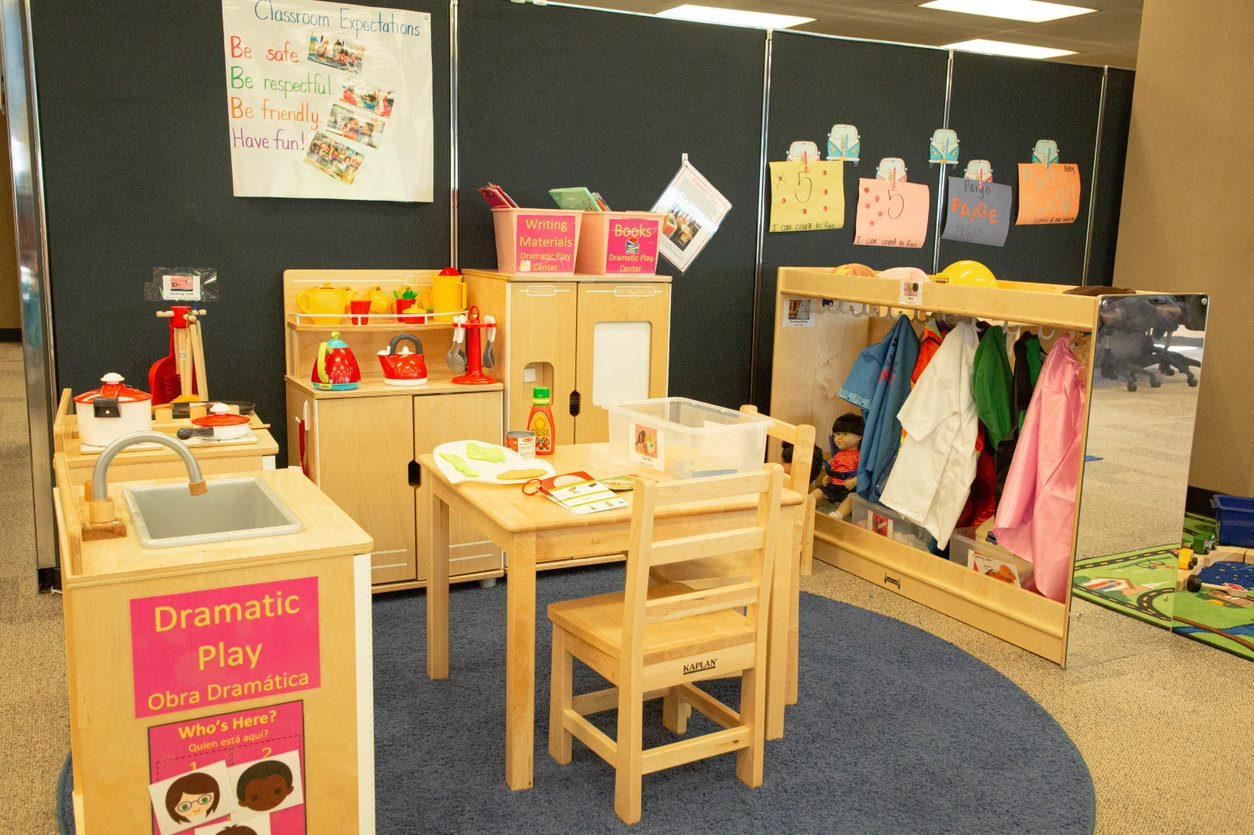
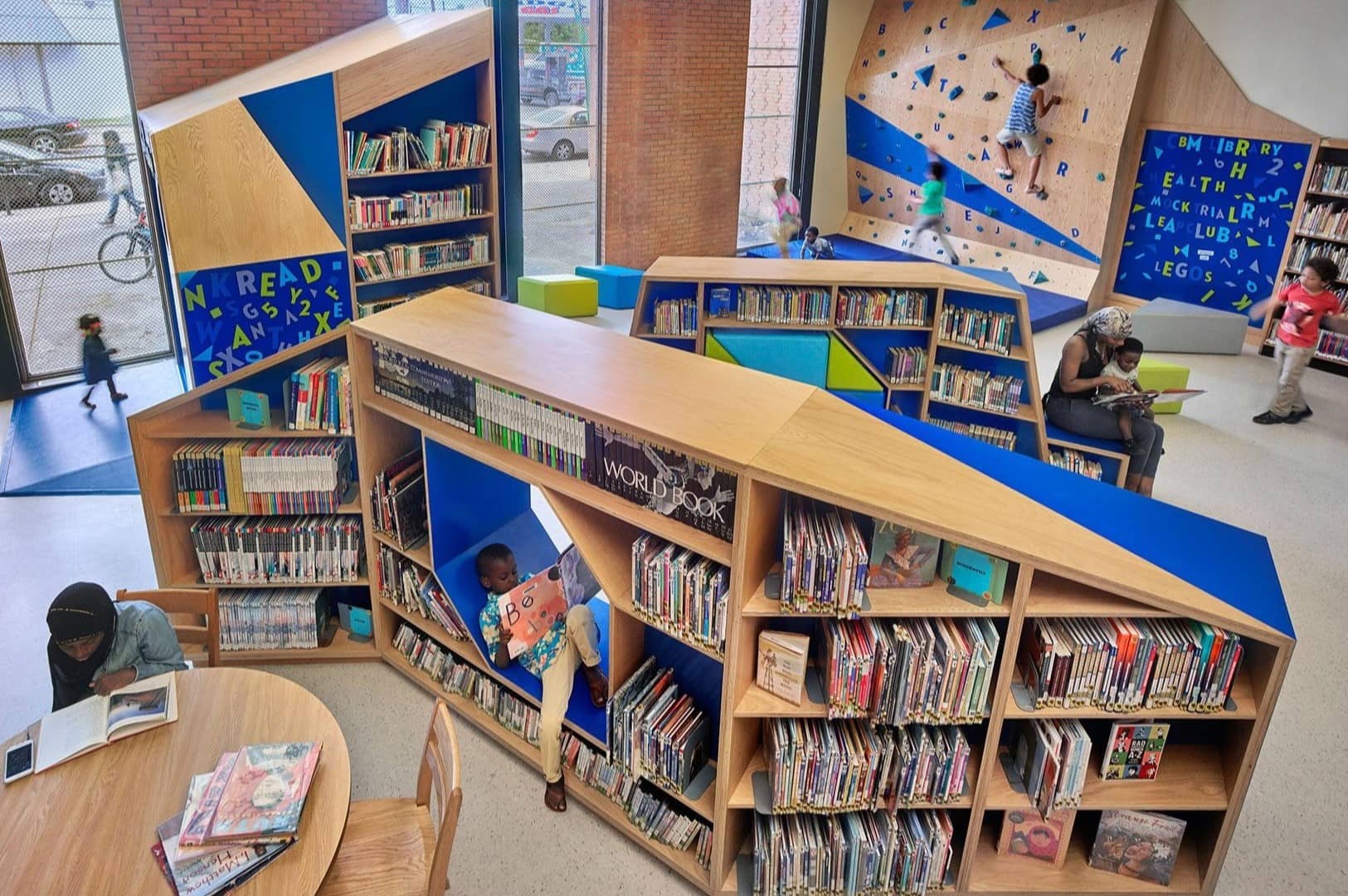
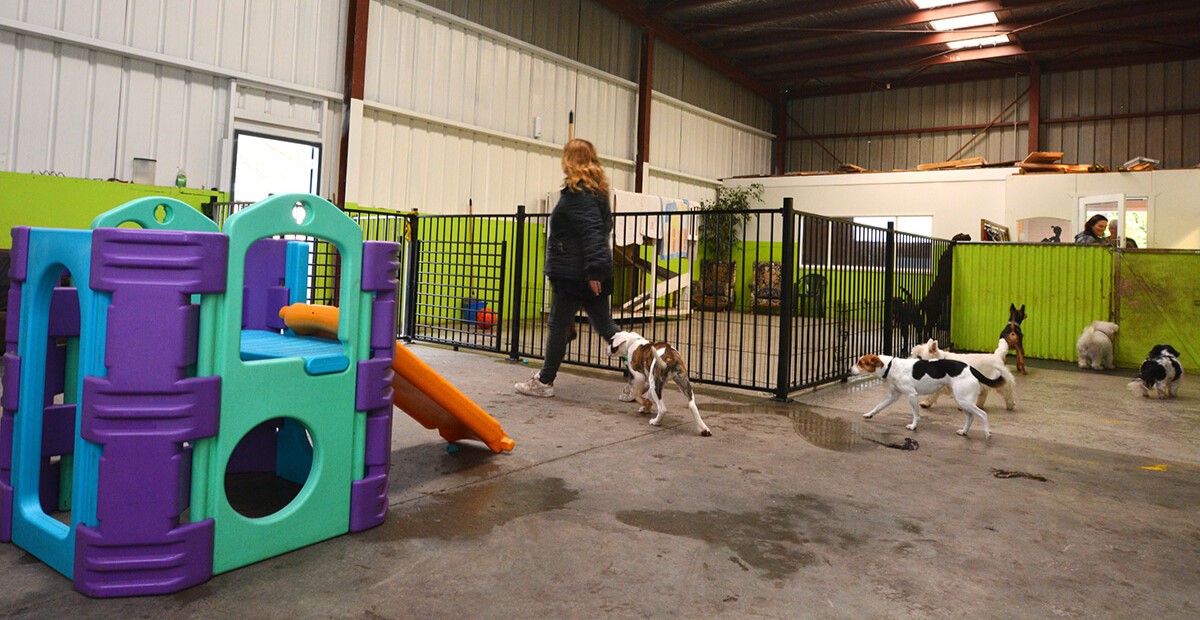


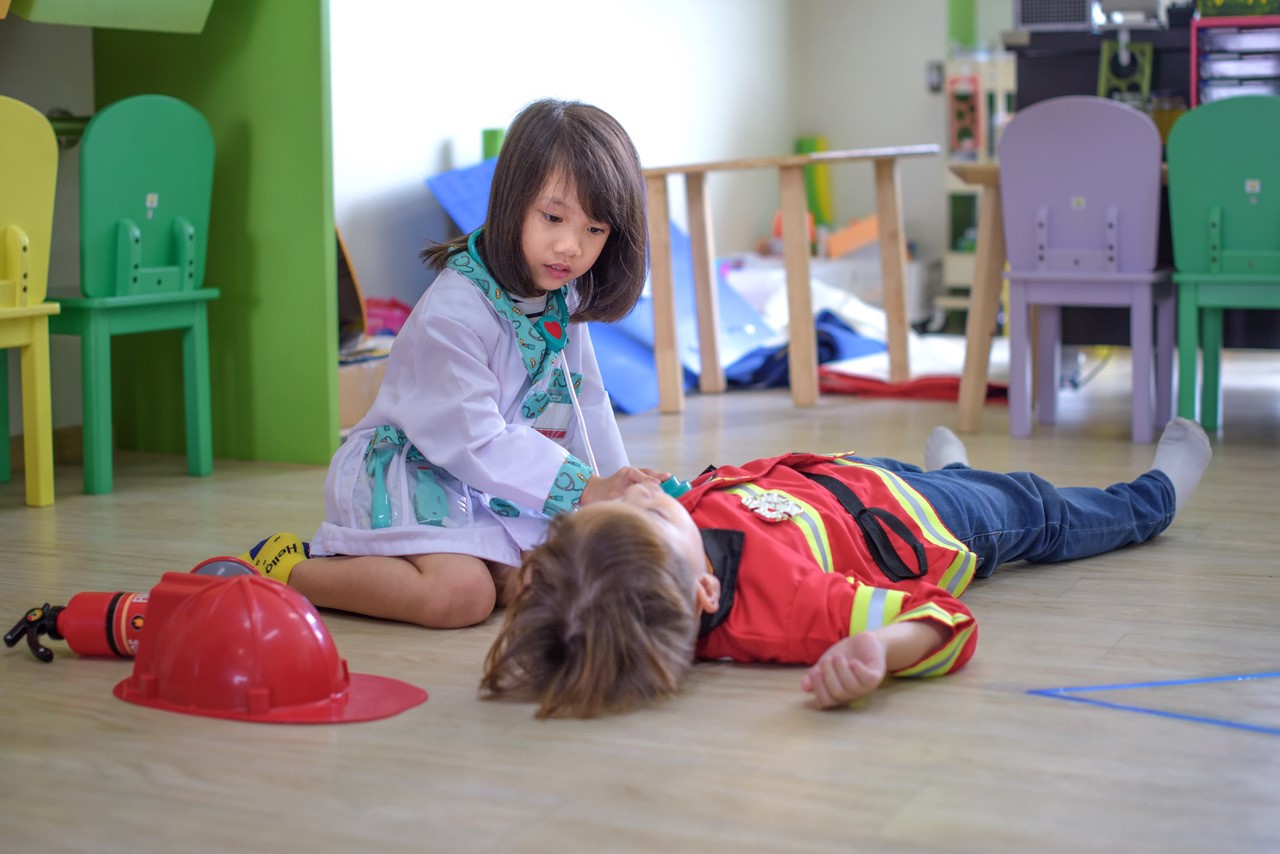

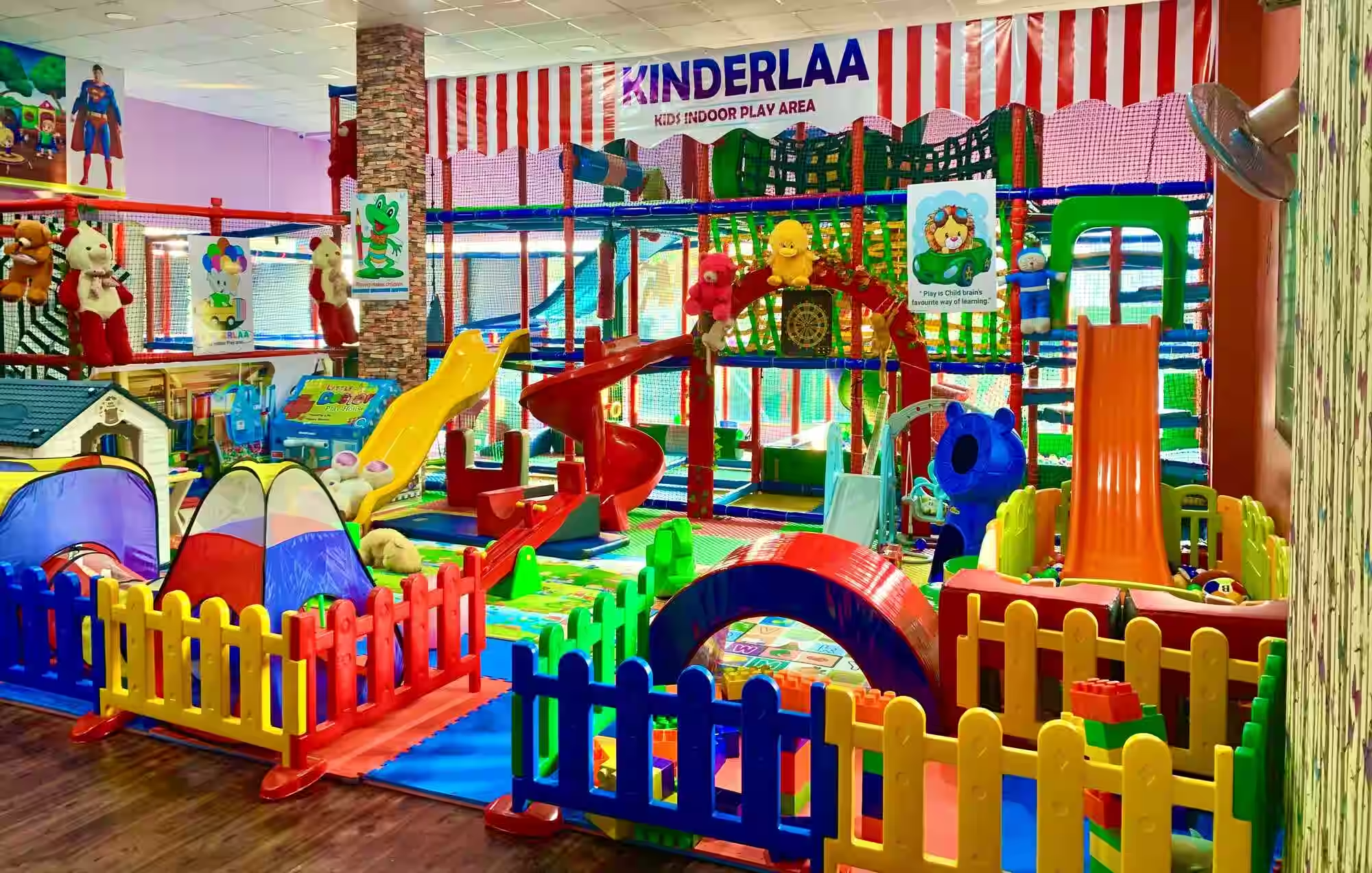
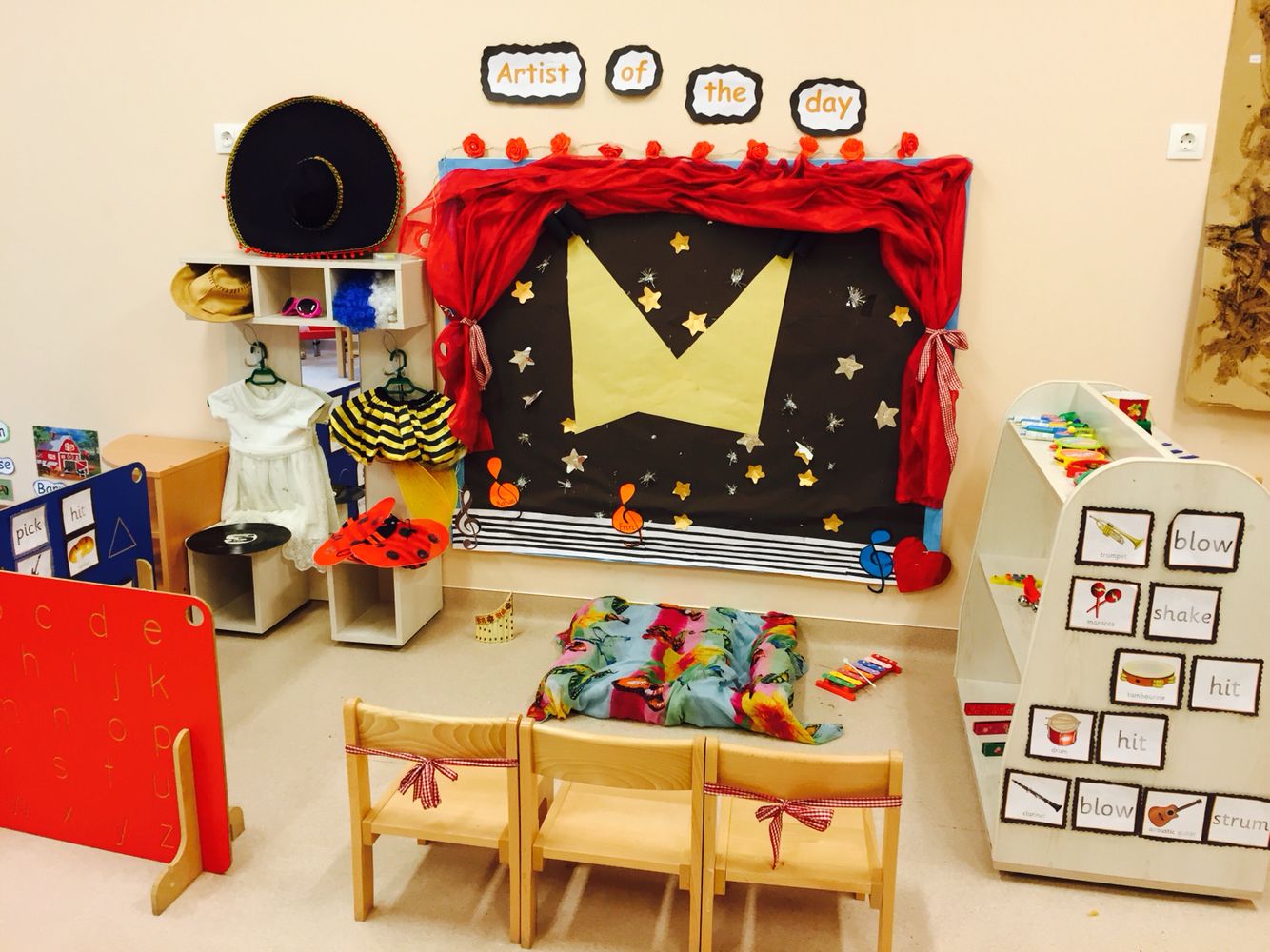

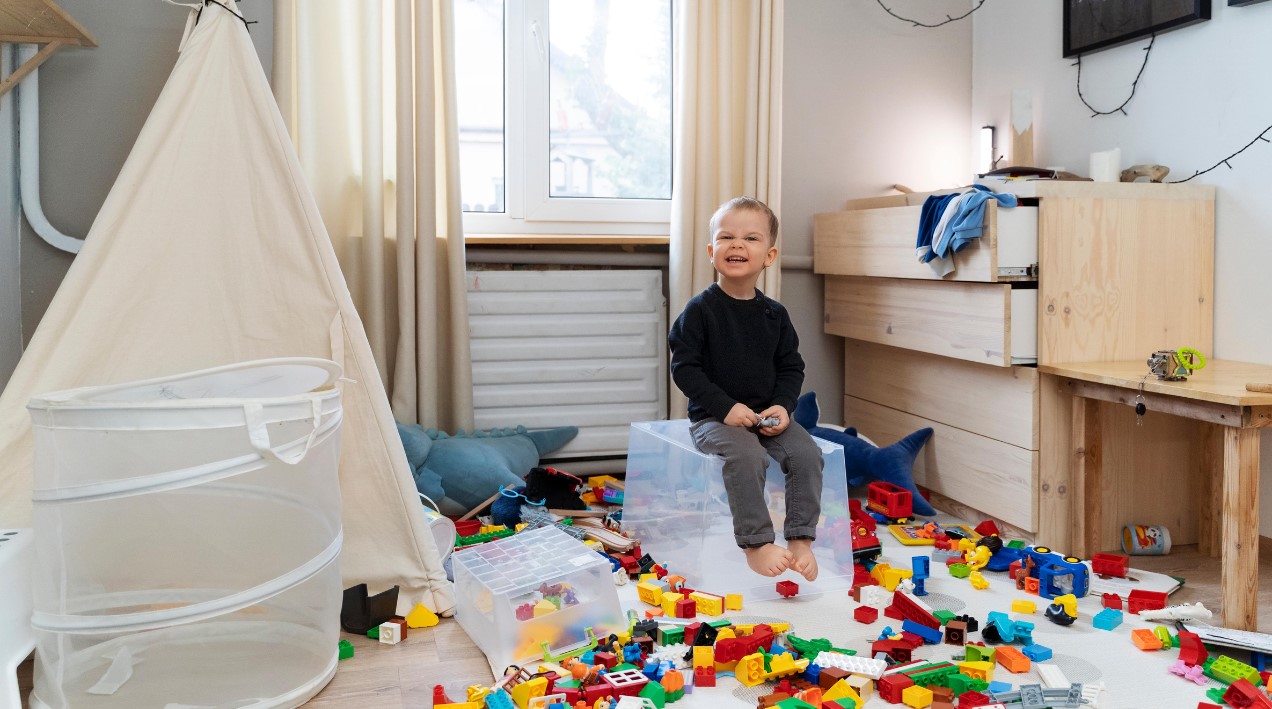

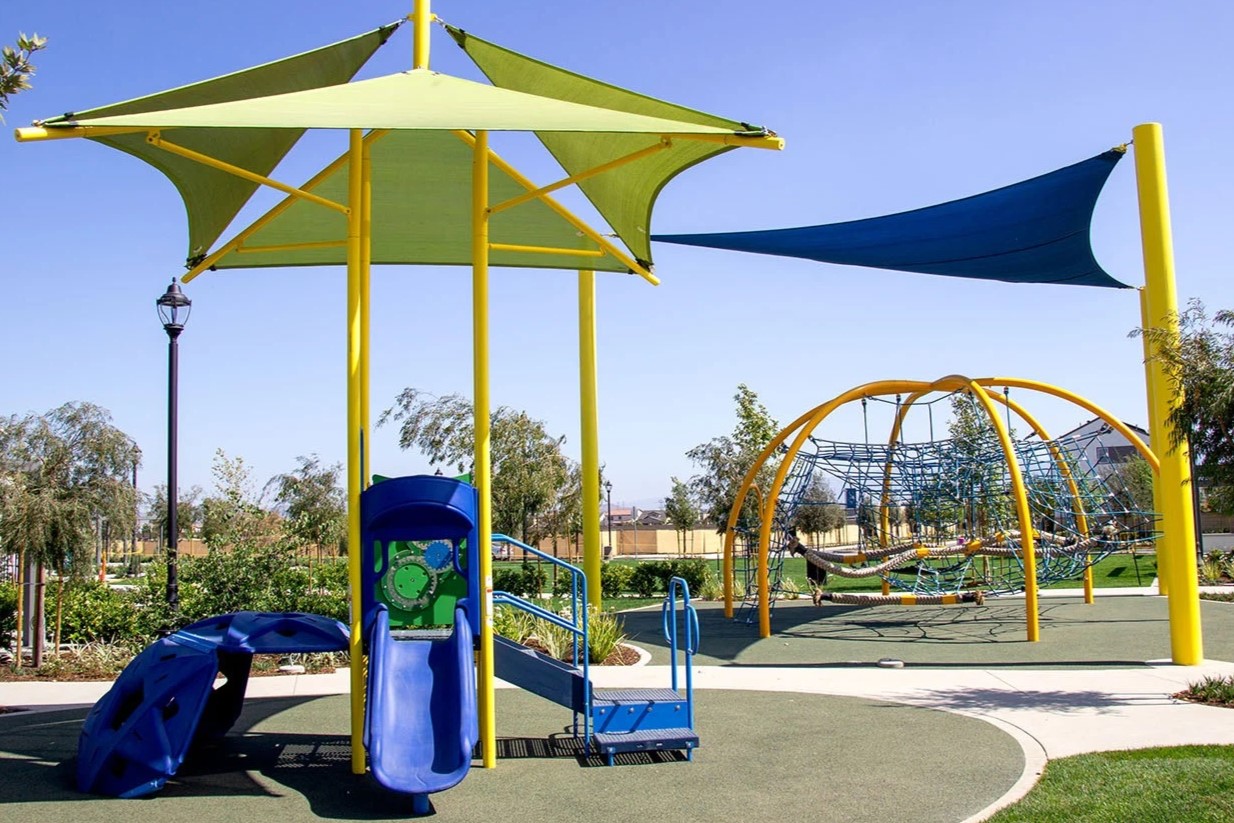

0 thoughts on “How Does A Post Office Dramatic Play Area Assist Children In Readiness”